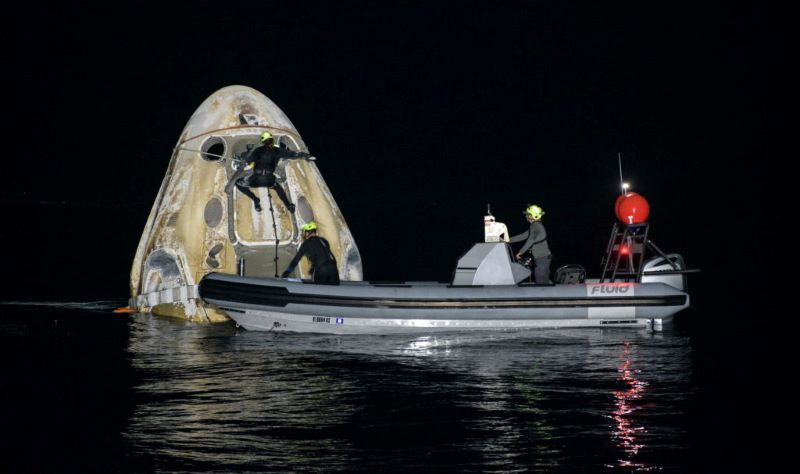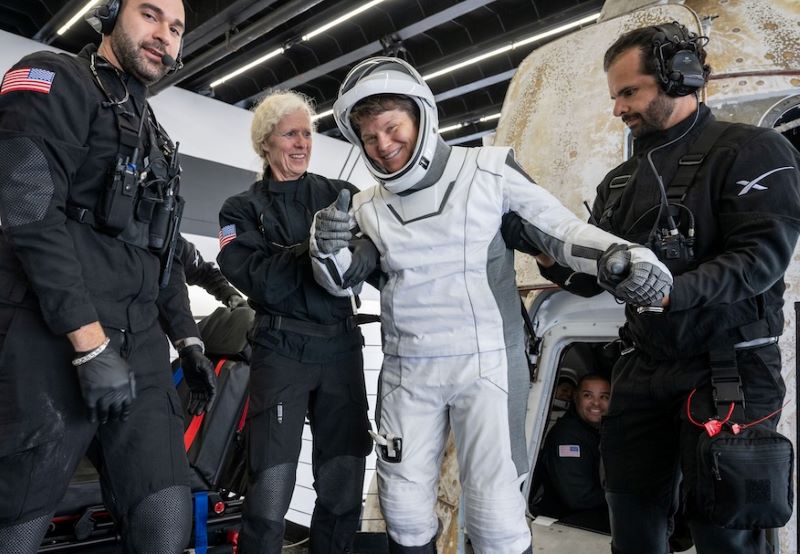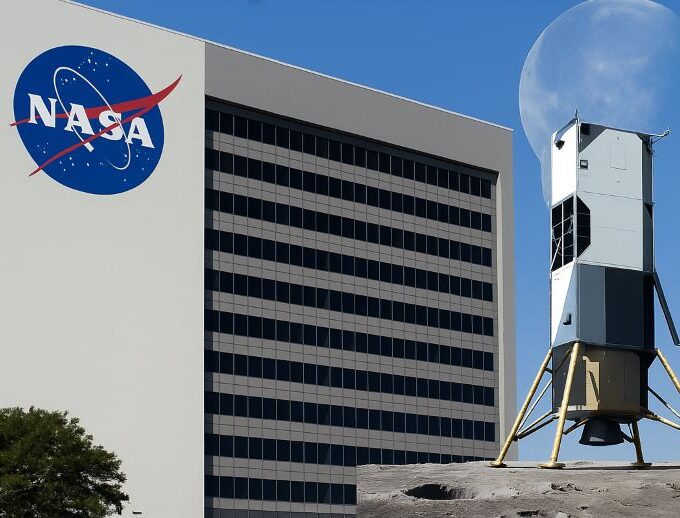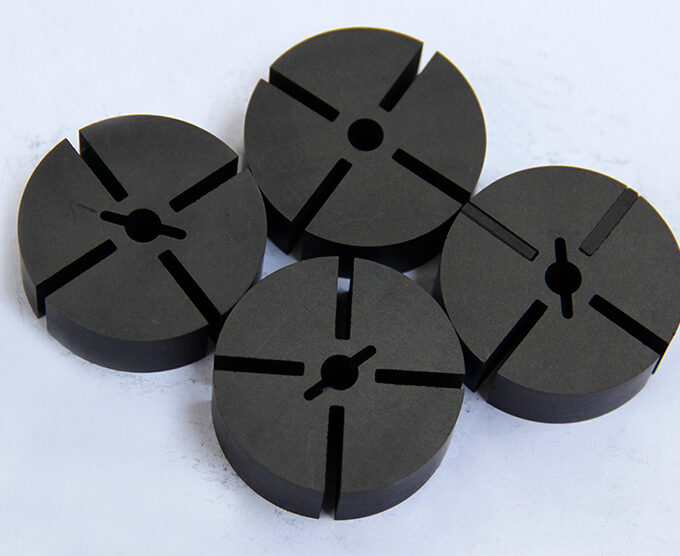On August 9, 2025, the Crew-10 commercial manned flight mission jointly carried out by NASA and SpaceX came to a successful conclusion. On the morning of that day, the Crew Dragon “Endurance” spacecraft carrying four astronauts successfully splashed down in the Pacific Ocean off the coast of San Diego, California, and was safely retrieved by the joint recovery team of NASA and SpaceX. This operation not only marks the successful conclusion of this round of the International Space Station (ISS) rotation mission, but also sets a new record for NASA’s manned spaceflight recovery site selection – it is the first time in decades that a manned spacecraft has been recovered in the Pacific Ocean.
The five months from departure to return
The Crew-10 mission lifted off from Launch Pad 39A at the Kennedy Space Center in Cape Canaveral, Florida, on March 14, 2025, aboard a SpaceX Falcon 9 rocket. This is the tenth routine manned mission under NASA’s Commercial Crew Program, aiming to deliver the transfer crew to the International Space Station and maintain the continuity of in-orbit scientific research and system maintenance.
The spacecraft docked with the International Space Station about two days after its launch. The four crew members were NASA astronauts Anne McClain (Commander) and Nichole Ayers, Pilots, astronaut Takuya Onishi of the Japan Aerospace Exploration Agency (JAXA), and astronaut Kirill Peskov of the Russian Space Corporation (Roscosmos). McLean and Daiki both had previous space flight experience. After this mission, their cumulative in-orbit time reached 352 days and 263 days, respectively. Ayer and Peskov entered space for the first time.
During the five-month mission period, the CRE-10 flight team conducted over 200 experiments in areas such as microgravity science, biomedicine, materials science, and space technology verification. These studies cover the impact of microgravity on human blood flow and bone density, growth experiments of plants and microalgae, the long-term effects of space radiation on DNA, as well as experimental verification of the new generation of spacesuits and navigation systems. These achievements not only serve the in-orbit operation of the space station, but also provide data references for future lunar and Mars missions.
The key process of detachment and sputtering
According to NASA’s mission log, CREW 10 departed from the International Space Station at 21:15 (UTC+0) on August 8 and entered an autonomous return orbit. During the return journey, the spacecraft made multiple orbital adjustments to ensure it entered the atmosphere within the planned time window. During the re-entry phase into the atmosphere, the spacecraft endured an outer shell temperature as high as over a thousand degrees Celsius, but with the protection of the heat shield, the temperature inside the cabin remained stable.
At 08:33 on August 9th (Eastern Time of the United States), the spacecraft decelerated by parachute and smoothly splashed down into the designated recovery area off the coast of San Diego. This is the first time since the Apollo program in the 1970s that NASA has chosen Pacific splash as the recovery method for manned missions. NASA’s manned flight program manager said in a briefing, the way of recycling adds flexibility for future tasks, especially in Florida coastal meteorological conditions are unfavorable.
After the splash, the SpaceX and NASA recovery vessel “Shannon” immediately approached to operate, ensuring the spacecraft was stable and safely hoisted onto the deck. The astronauts were then transferred to the medical cabin for an initial health assessment and were flown by helicopter to the Johnson Space Center in Houston for further recovery.
A symbol of international cooperation
The Crew-10 mission is another vivid manifestation of international cooperation in the field of space. Four astronauts from the United States, Japan, and Russia not only carried out their respective scientific research tasks on the space station but also jointly participated in extravehicular activities (EVA) and the maintenance of the space station system. Japanese astronaut Takuya Oishi is responsible for some of the Japanese scientific experiments and the equipment maintenance of the ISS Japanese Experimental Module (Kibo), while Russian astronaut Peskov participates in the maintenance of the propulsion system and the safety inspection of the space module. This cross-border division of labor and collaboration reflects the significant value of the International Space Station as a platform for scientific and engineering cooperation among multiple countries.
It is worth noting that before the Crew-10 mission, NASA had been forced to delay the return of two astronauts due to faults in the propulsion system and docking software of the Boeing Starliner spacecraft. Eventually, they were safely brought back by SpaceX’s Dragon spacecraft. This incident once again highlights the importance of maintaining technical redundancy and risk sharing in a multi-contractor system.
Scientific research and technological gains
In terms of scientific research achievements, the large number of experimental samples brought back by Crew-10 will be sent to ground laboratories for in-depth analysis. Experiments on plants and microalgae will help scientists optimize closed-loop life support systems. Materials science experiments include the study of the solidification of high-melting-point alloys under microgravity, which will provide a basis for the research and development of new structural materials for aerospace vehicles. Research on the impact of space radiation on DNA is directly related to health protection strategies in long-term manned deep space missions.
In addition, this mission also tested the new generation of shipborne computers and autonomous navigation systems, enhancing the spacecraft’s autonomous return capability in the event of communication interruption. This is particularly crucial for future lunar orbit platforms (Gateways) and deep-space manned missions.

Looking forward to the future
NASA plans to continue cooperating with SpaceX in the upcoming Crew-11 mission and simultaneously advance the subsequent flight verification of Boeing Starliner to achieve stable rotation under a multi-vendor model. SpaceX is optimizing the cabin layout and thermal protection system of the Dragon spacecraft to enhance comfort and safety redundancy during long flights.
From a strategic perspective, the success of Crew-10 is not only a safe round trip for personnel but also an important signal of the maturity of the commercial manned spaceflight model. It has accumulated experience for NASA’s lunar “Artemis Program” in the 2030s and also provided confidence for international cooperation and commercial space companies to participate in deep space exploration.













Leave a comment